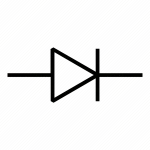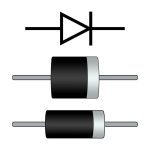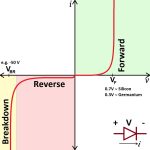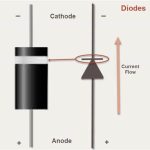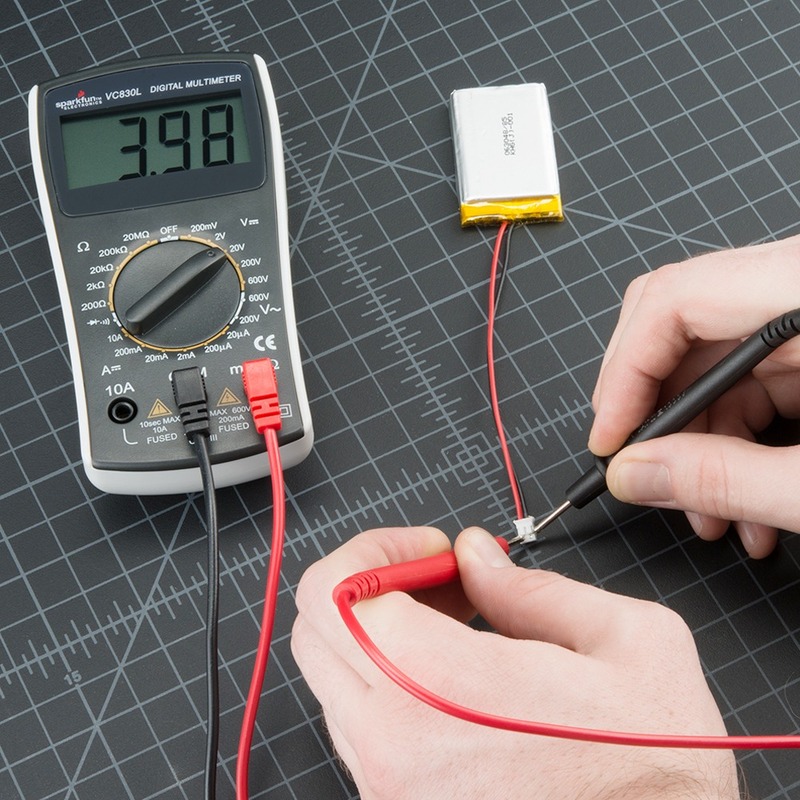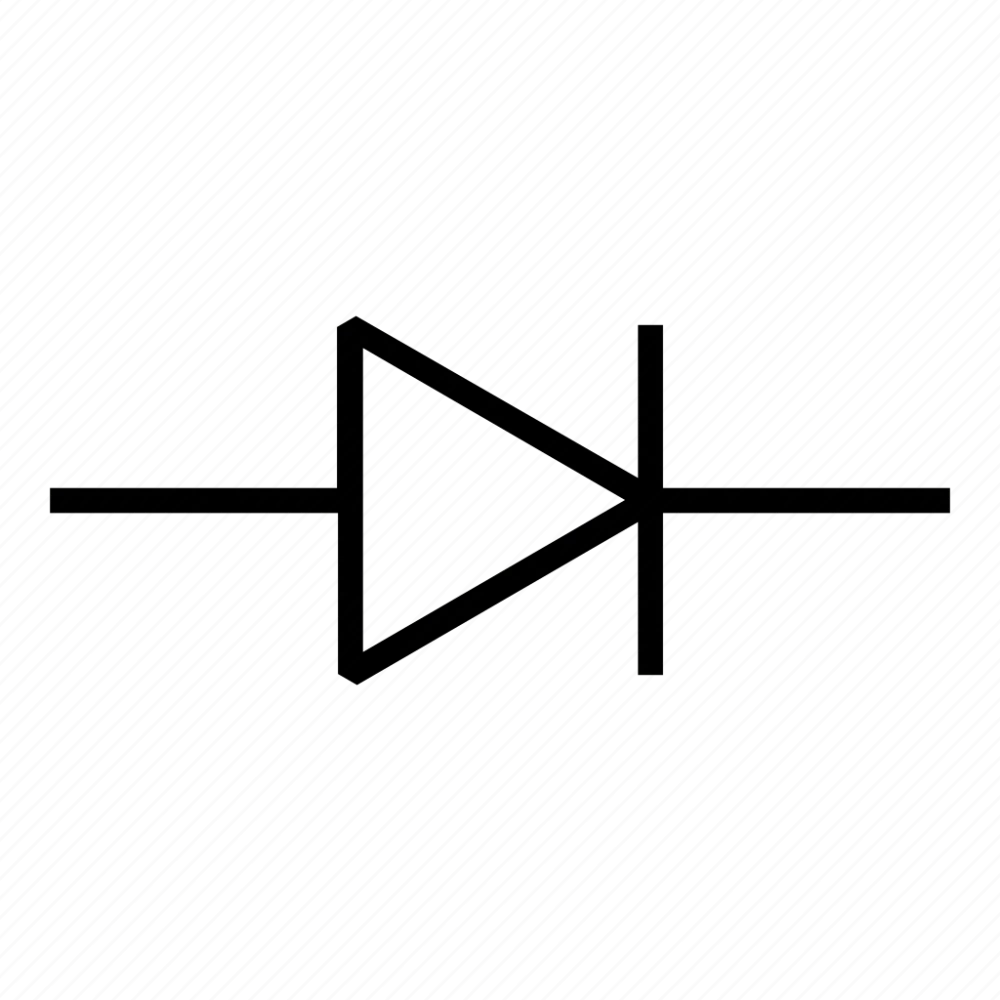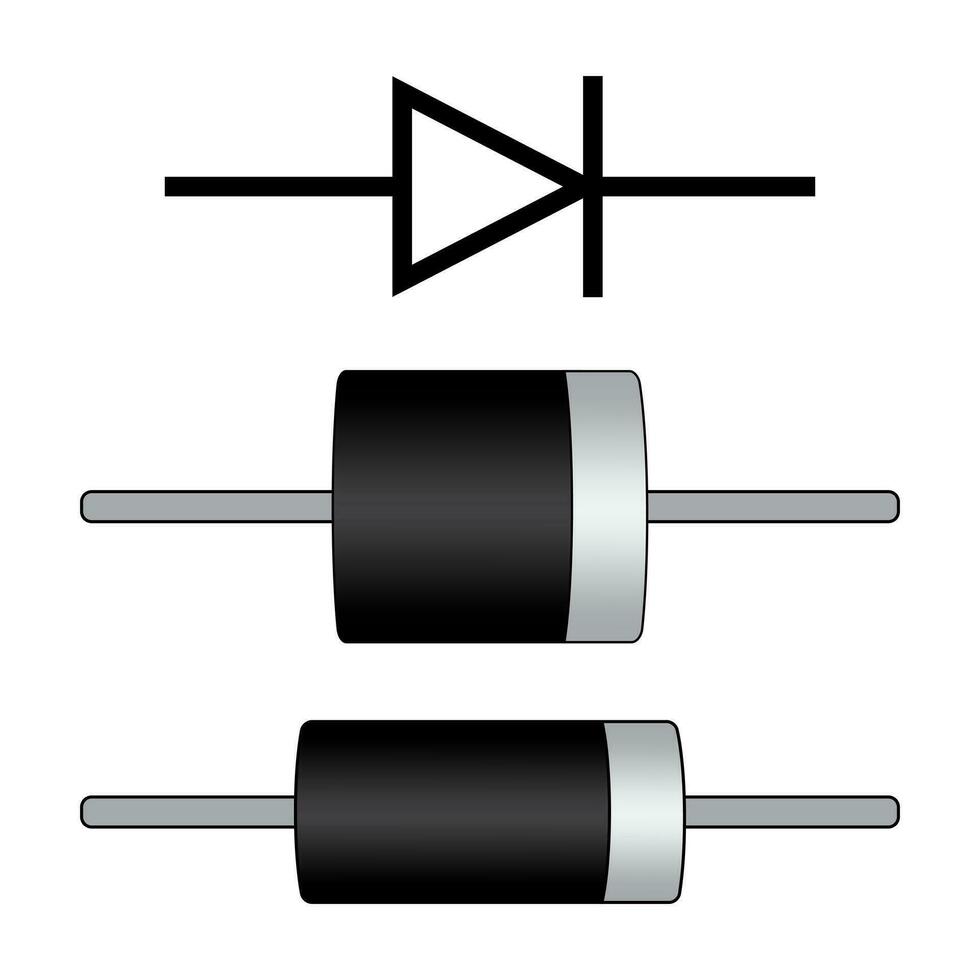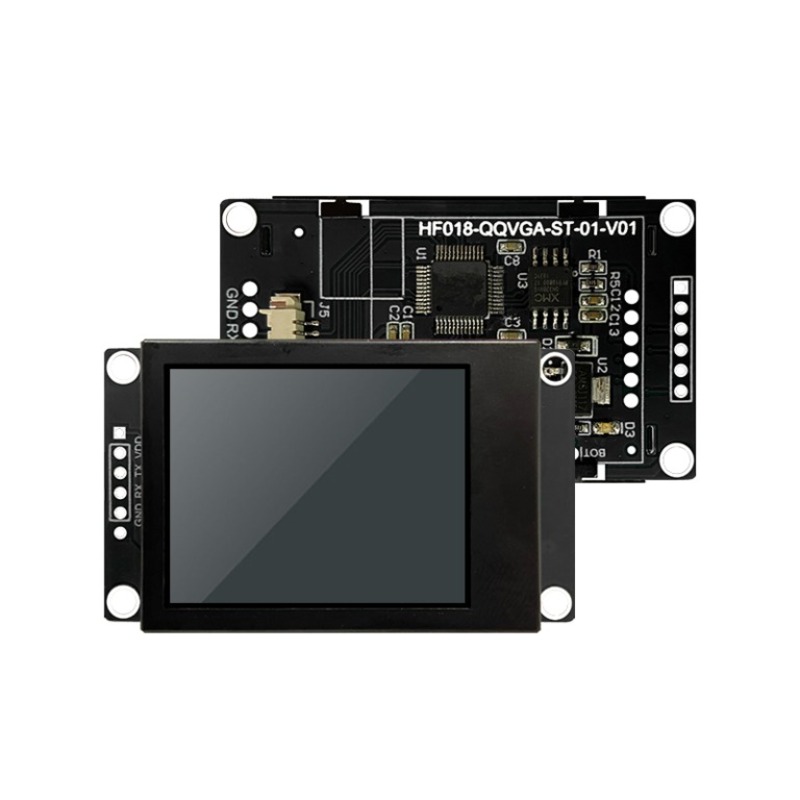Introduction to Diodes
Diodes are essential for modern electronics. Their main job is to control the way electricity flows. Think of diodes like check valves in plumbing, but for electrical current. They only allow current to pass one way, which is very useful in many devices. A diode has two parts: an anode and a cathode. The anode is positive, and the cathode is negative.
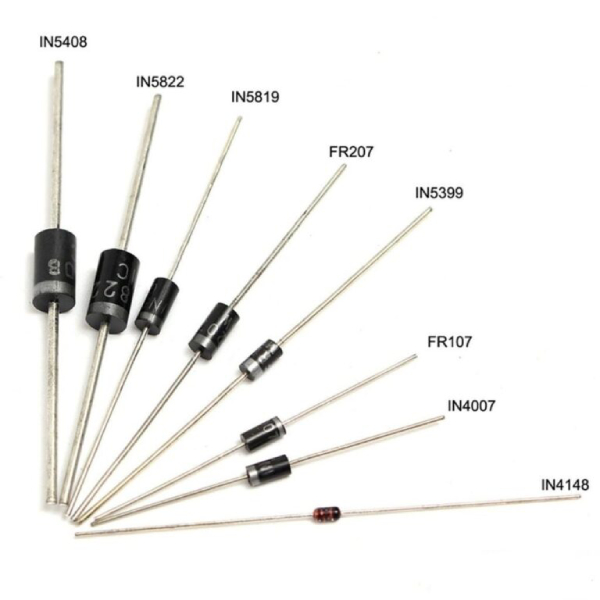
Diodes can be found in everything from radios to computers. They work by managing electricity and ensuring it moves in the right direction. Without diodes, we wouldn’t have many of the electronic conveniences we use every day.
Simplicity is key to their function. Diodes are made from semiconductor materials like silicon. These materials are not as conductive as metals but more so than insulators. By exploiting the properties of these materials, diodes play critical roles. They can change AC (alternating current) to DC (direct current), protect against voltage spikes, and even generate light in LEDs. The flywheel diode enhances circuit efficiency by protecting against voltage spikes. It ensures smooth operation in systems like motors, converting AC signals to stable DC output.
In summary, diodes are small in size but huge in impact. They make sure our electronics work the way they should. With multiple types and functions, diodes are truly the unsung heroes of the electronic world.
Fundamental Principles of Diode Operation
Diodes operate by allowing electricity to flow in only one direction. They are made from semiconductor materials such as silicon. These materials are not fully conductive like metals and not fully insulating like glass. Diodes have two regions: the P-type and N-type. The P-type has extra holes, while the N-type has extra electrons. When joined, they form a PN junction. This junction is key to the diode’s function.
In forward-bias mode, the diode lets current pass. To do this, the positive end connects to a higher voltage. Electrons then move across the PN junction. They fill the holes on the P-type side.
In reverse-bias mode, the diode blocks the current. It acts like an insulator. The positive end connects to a lower voltage. This prevents the electrons from moving across the PN junction.
In essence, the diode acts as a one-way street for electrical current. This one-way system is vital in devices that need stable current flow. It helps prevent damage and keeps the electronics running smoothly.
Primary Uses and Functions of Diodes
Diodes are key players in our electronic devices. They serve several primary functions that make our gadgets work safely and efficiently. Below, we explore the main uses and roles of diodes in modern electronics.
Rectification: AC to DC Conversion
Diodes covert alternating current (AC) to direct current (DC). This process, called rectification, is vital for powering electronics.
Voltage Regulation: Steady Power Supply
Diodes help keep a consistent voltage level. This ensures devices operate properly without damage from power surges.
Signal Processing: Ensuring Clear Communication
In radio systems, diodes extract audio from radio waves. This function, called demodulation, is crucial for clear sound.
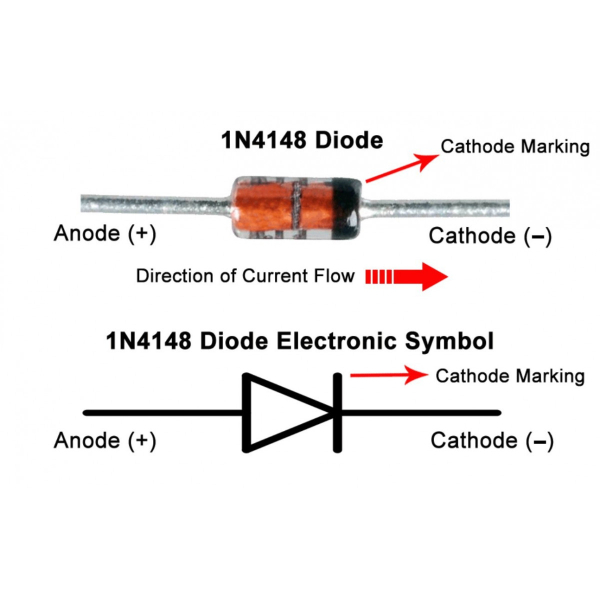
Protection: Safeguarding Electronics
Diodes protect devices from harmful reverse currents. They act as barriers, preventing electrical mishaps.
Illumination: Light Emitting Diodes (LEDs)
Some diodes, like LEDs, give off light. They are used in displays and bulbs for energy-efficient lighting.
These functions make diodes critical to countless applications. From charging our phones to driving our cars, diodes ensure that the electronic world runs smoothly.
Different Types of Diodes and Their Characteristics
Diodes come in various types, each designed for a specific purpose. Understanding their characteristics helps us choose the right one for a task. Here are some common diodes and their features:
Silicon Diodes
These are standard in electronics. Silicon diodes work well for general purposes. They handle high temperatures and power levels.
Germanium Diodes
Germanium diodes turn on faster than silicon at lower voltages. They’re good for detecting signals, but are less common now.
Schottky Diodes
Schottky diodes have quick response times. They are great for high-speed circuits and power applications.
Light-Emitting Diodes (LEDs)
LEDs emit light when current flows through them. They are energy-efficient and used for displays and lighting.
Zener Diodes
Zener diodes control voltage levels. They prevent overvoltage by allowing reverse current to flow at a certain point.
Each type has a unique junction structure that sets it apart. Silicon diodes have a simple PN junction. Schottky diodes use a metal-semiconductor junction. These differences affect their performance and suitability for certain applications.
In electronics, diodes are often selected based on their forward voltage drop, speed, and how they handle temperature and power. Some are best for high-speed switching, while others excel in steady-state applications or offering protection.
The choice of diode directly impacts the efficiency and reliability of electronic devices. Therefore, knowing their characteristics is crucial for designing robust and effective electronic circuits. With such a wide range of diodes available, they can be precisely matched to the needs of almost any electronic application. A diode array can enhance circuit performance by providing multiple diode options in a single package, ensuring optimal efficiency and reliability for diverse electronic applications.
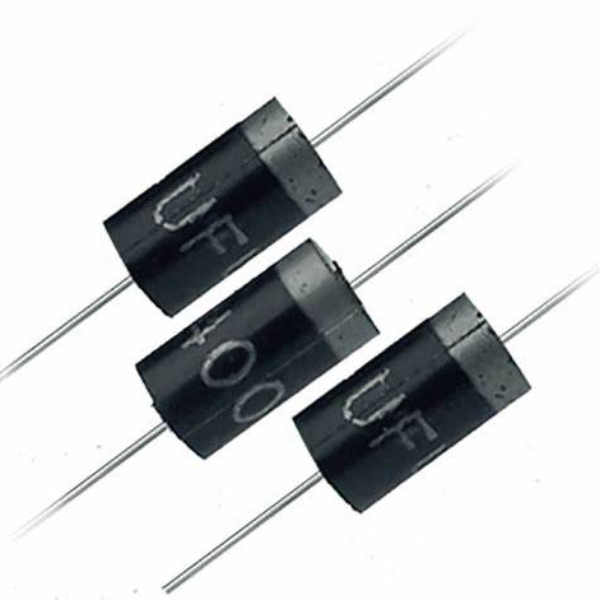
Role of Diodes in Rectification and Power Conversion
Diodes play a crucial role in transforming alternating current (AC) into direct current (DC). This process is known as rectification. It is essential for almost all electronic devices that operate on DC power. Rectification involves using diodes to allow current to flow in only one direction. This selective flow is critical because AC current changes direction periodically, which can be harmful or useless for DC devices.
In a typical rectification circuit, diodes are arranged in a specific manner. The arrangement ensures that either the positive or the negative halves of the AC wave are passed. In simpler terms, diodes block one half of the wave while letting the other half pass. This modified signal is then smoother, resembling DC more closely. Diodes have two terminals: the anode and cathode, which determine the direction of current flow. In rectification, diodes selectively allow current through, shaping the AC wave into a smoother DC signal.
Moreover, diodes help in power conversion by ensuring the stability and safety of the power supply. In power converters, diodes are vital for efficient conversion from one voltage level to another. They prevent the reverse flow of current which could potentially damage electronic components.
Their ability to handle high voltages and currents makes them perfect for power conversion tasks. As technology demands smaller and more efficient devices, the role of diodes becomes even more significant. They help in delivering stable and reliable power supply in a wide range of applications, from small gadgets to large industrial machines.
The behavior of diodes in these roles is fine-tuned by the specific types used, such as Schottky or Zener diodes, each suited for different functions and efficiency needs. Their precise selection is central to the design and reliability of modern electronic circuits.
Diodes in Signal Processing and Demodulation
Diodes are vital in signal processing. They filter and clean up signals. Signal processing uses diodes to make sure data is clear and accurate. Electronics rely on this for proper operation.
Diodes serve a major role in demodulation. They extract audio from radio frequencies. This is key for radios and communication devices. Diodes pull out sounds we can hear from radio waves. Without diodes, radios would not work.
In signal processing, diodes control the flow of current. They shape signals through rectification and filtering. Devices like telephones and televisions use diodes to process signals. This results in clear sound and picture quality.
Demodulation is another critical use of diodes. It allows us to receive clear radio signals. Diodes separate the audio from carrier waves in radios. This is how we hear music and voices from a radio.
Overall, diodes are essential for signal clarity. They ensure that electronics communicate well. This results in the high-quality sound and video we enjoy today.
Specialized Diodes and Their Applications
Specialized diodes serve specific roles in electronic devices. Here are some examples and their uses:
Zener Diodes: Voltage Regulation
Zener diodes keep voltage steady, protecting circuits from high voltage levels.
Schottky Diodes: Fast Switching
Schottky diodes switch quickly, making them ideal for fast electronic circuits.
LED Diodes: Light Emission
LEDs emit light and are used in screens and lighting.
Photodiodes: Light Sensing
Photodiodes detect light, useful in alarms and solar panels.
Varactor Diodes: Tuning Circuits
Varactor diodes adjust frequency, helping to tune radios and TVs.
Each specialized diode has a unique design that suits its purpose. They ensure reliable performance in their respective applications. Their specialized functions make them indispensable in modern electronics.
Real-world Applications of Diodes in Various Industries
Diodes play crucial roles across various industries. Their unique properties make them essential in many everyday devices. Let’s examine the impact of diodes in different sectors.
Consumer Electronics
In the consumer electronics field, diodes are vital. They protect devices like smartphones from voltage spikes. Diodes also make sure devices can handle the correct type of current. For example, diodes in televisions ensure that only DC current powers the device, which keeps the electronics safe and functional.
Automotive Industry
Cars heavily rely on diodes, especially in the alternator. The alternator uses diodes to convert AC generated by the engine to DC. This conversion is crucial to charge the car’s battery properly. Also, diodes are used in car electronics like dashboard lights and sound systems to manage power effectively.
Solar Energy Systems
In solar panels, diodes prevent the reverse flow of current at night. This function is essential to ensure no energy is wasted. Diodes also help convert the variable DC output of solar panels into a stable form. This stable current is safer for household or commercial use.
Medical Equipment
Diodes are indispensable in medical devices. For instance, they are used in X-ray machines to manage high-voltage currents. This ensures high quality and clear images. Diodes also aid in various medical lasers used for surgeries. Their precision helps in minimizing invasiveness and enhancing recovery.
Telecommunications
In telecommunications, diodes demodulate signals to extract clear audio from radio frequencies. This is critical in making communication devices like radios and mobile phones functional and reliable.
Diodes are small but significant. Their ability to manage and convert current is indispensable in many industries. They ensure that devices function smoothly and efficiently, highlighting their crucial role in technology and modern electronic applications.
Conclusion: The Impact of Diodes in Electronics
Diodes shape the modern electronic world. They perform in unseen but vital ways. Every day, diodes direct electricity in gadgets, cars, and industrial machines. They make sure that currents follow the right path. This protection is key for device safety and function.
Diodes also turn AC into usable DC for most of our devices. They regulate voltage to guard against power surges. In communication, they pull clear signals from noise. Without diodes, there would be no radios or clear phone calls.
Special diodes, like LEDs, brought us energy-saving lights. Zener diodes keep voltage in check. Schottky diodes switch fast for quick operations. From lighting to processors, diodes’ roles are extensive and crucial.
In cars, diodes in alternators charge batteries. Solar panels use them to manage energy flow. Medical devices rely on diodes for precise operations. They are vital for technology to evolve and improve our lives every day. Simply put, diodes are the backbone of modern electronics.

